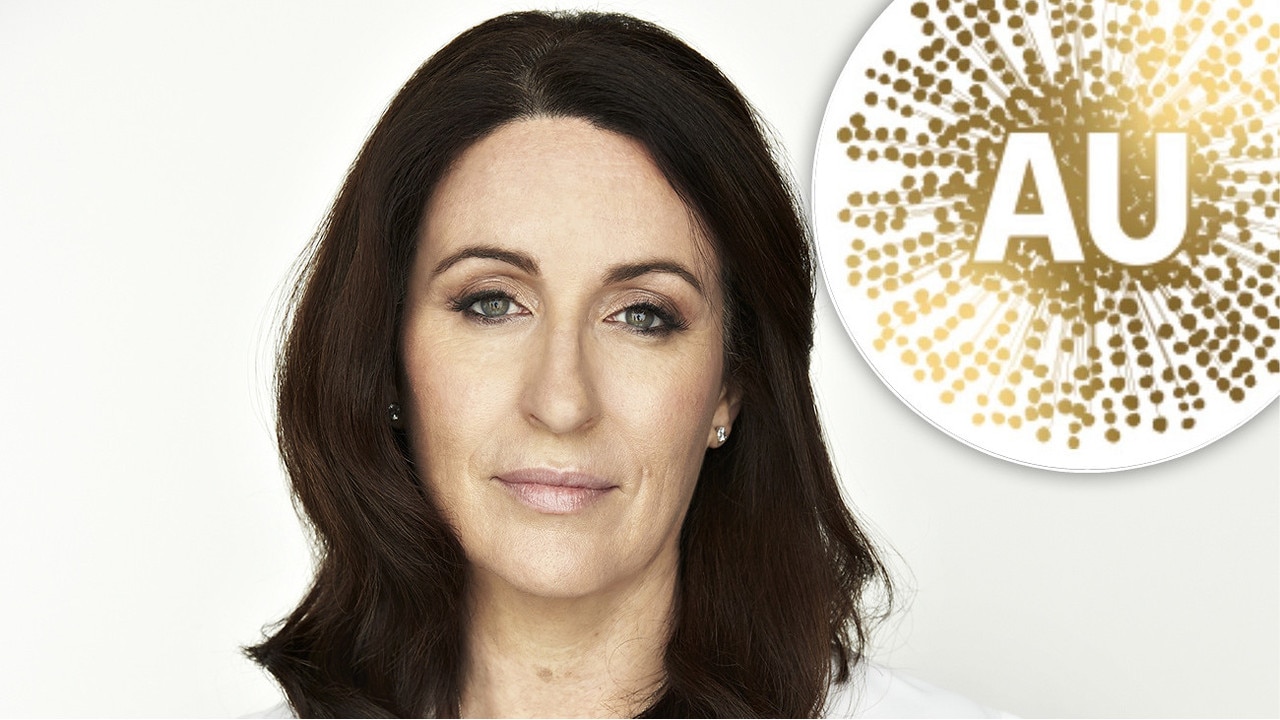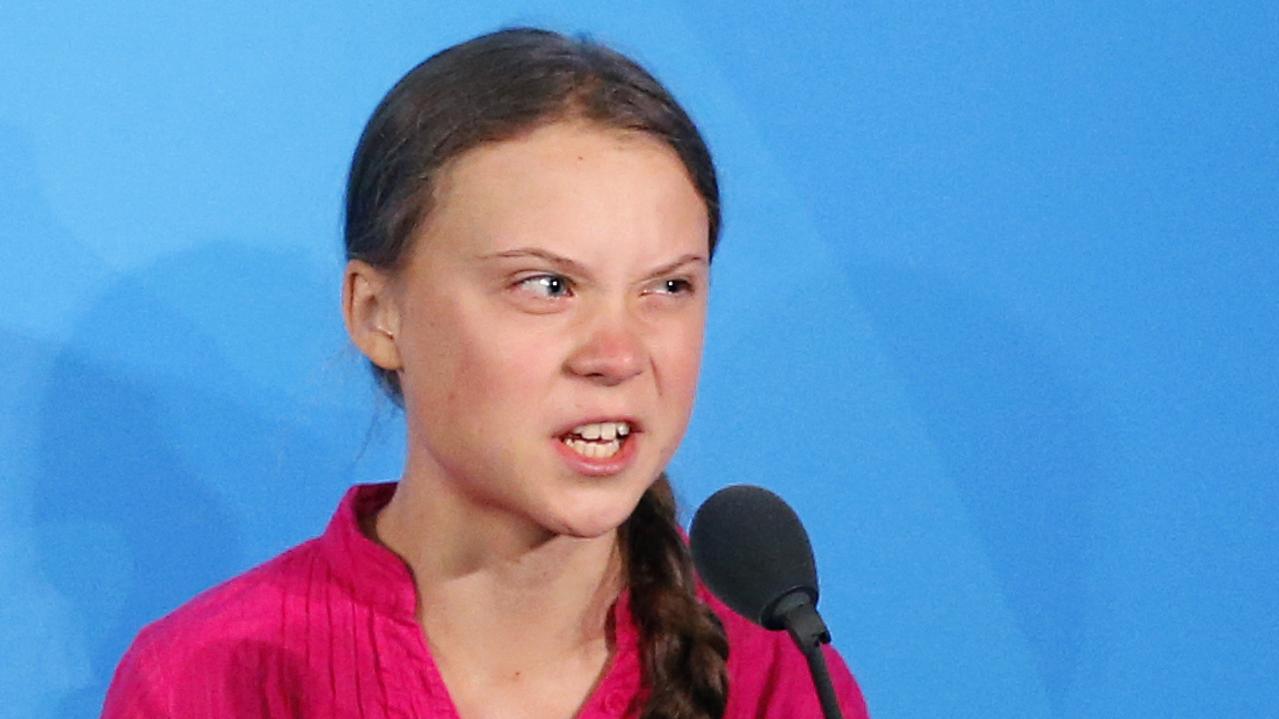Healthcare workers deserve better than this
These are the people who care for our most vulnerable yet healthcare workers operate in some of the most violent workplaces in Australia, writes Jane Fynes-Clinton.
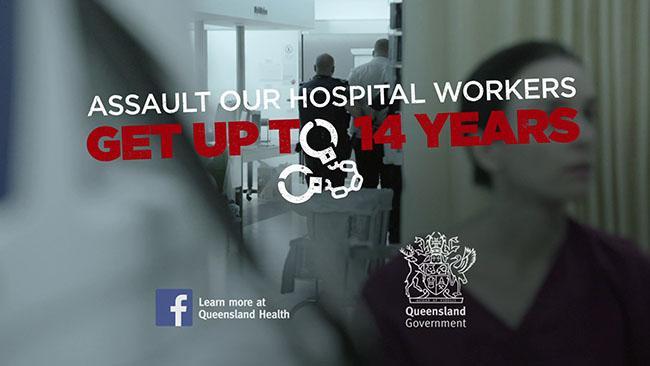
Rendezview
Don't miss out on the headlines from Rendezview. Followed categories will be added to My News.
To not be assaulted at work: it seems like a simple, reasonable expectation.
But violent incidents occur so often for Australian healthcare workers that most accept them as part of their job. But that doesn’t make them easier, or acceptable.
Violent incidents have become so numerous and serious at Brisbane’s Princess Alexandra Hospital that the Nurses Professional Association of Queensland has asked the administration to bump up security to have a fit-for-purpose presence.
They say they need something less carpet stroller and more burly defender.
It is a warning shot and a request that the entire health system should finally heed and use as a launch pad for a world-leading overhaul.
MORE FROM JANE FYNES-CLINTON: How is forcing the citizenship ceremony issue not political?
The Australian Institute of Criminology has long ranked healthcare facilities as the most violent workplaces in the country.
Worldwide, nurses are more likely to be attacked at work than police or corrections officers. It is as big a problem in the UK and Canada as it is here.
In Israel last August, nurses went on strike over the Government’s lack of action over it. India and China have declared violence against healthcare workers a crisis.
MORE FROM JANE FYNES-CLINTON: We need to let the law do its work
For years, taskforces, advisory groups and Safe Work Australia have gathered evidence and now Queensland has the chance to finally, decisively help its healthcare workforce state wide and show the world how it is done.
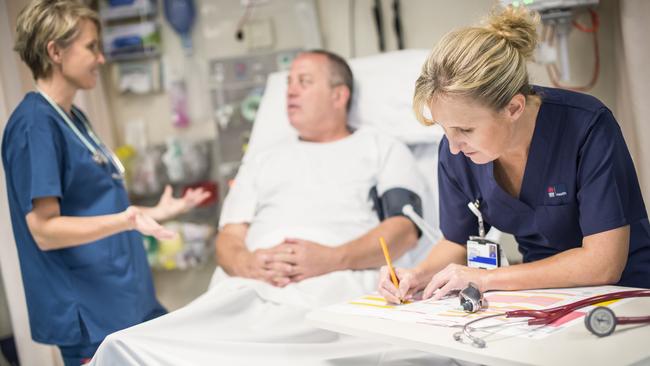
Legislative tweaking is surely needed, with the offence of assaulting a healthcare worker akin to assaulting a police officer.
Assault at a professional frontline has its own special kind of horror and is particularly unpalatable to right-thinking members of society.
The violence besetting healthcare workers is different from that inflicted on police of prison guards because those in healthcare are interacting with those in need. They are there because they are attending to those sick or injured, and because they care.
While society’s general incivility and violence has spilt into clinical settings, that in no way makes it excusable.
The violence is sometimes delivered by the patients, but it comes from the families of the sick and injured too.
The conundrums for staff come as waterfalls: should a nurse let an aggressive old man fall and risk breaking a hip or shelve her own personal safety and step in to deal with him?
They are jammed between duty of care and minimising risk to self.
It is important to remember that intent does not matter: the distressed young mum who is trying to get attention for her vomiting toddler might not mean to cause harm by hurling abuse at an admissions clerk. But it is the actual behaviour that denotes violence; a person’s desire or bent is irrelevant.
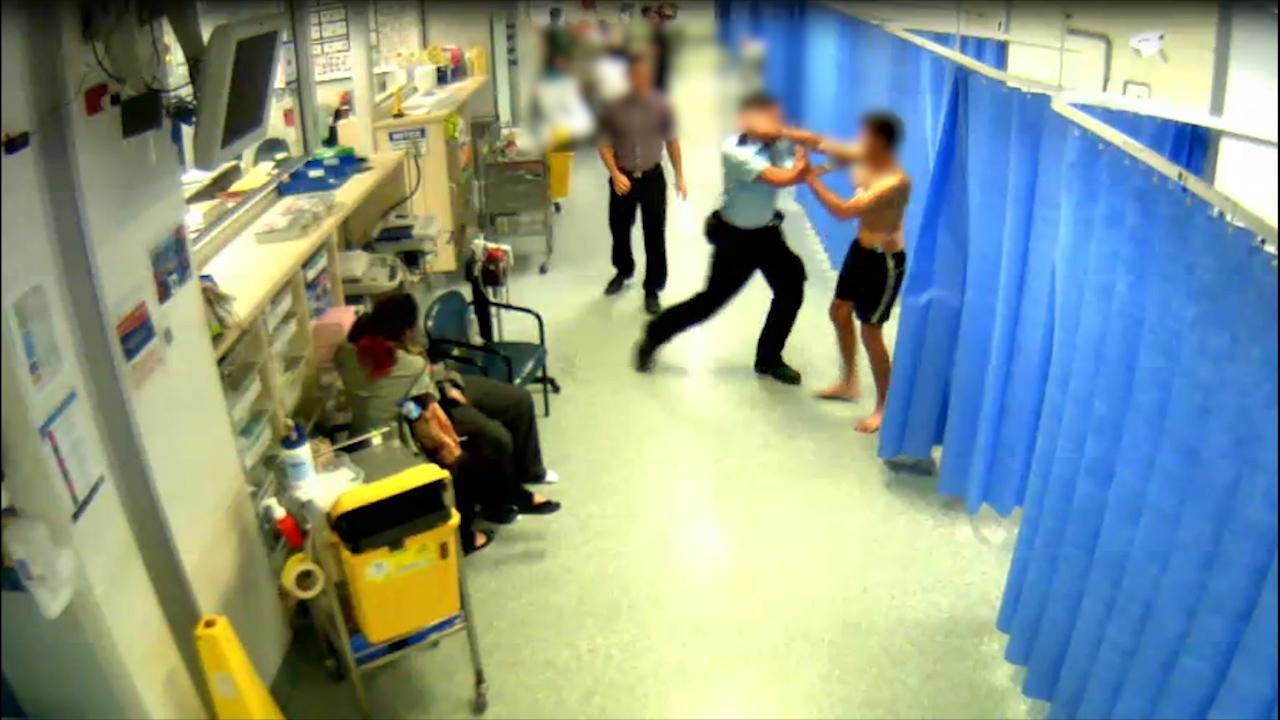
Emergency departments are particularly fraught, partly because people in trauma can be unpredictable and adrenaline can be a maddening elixir. They are also very busy places.
Australian Institute of Health and Welfare figures show that in 2017-18, more than eight million patients presented at Australian public hospital emergency departments, or about 22,000 a day.
Despite posters and ads, there is a lack of leadership and prioritisation of violence mitigation in healthcare settings.
A contributor to this malaise is that workers accept the violence as part of the job and not all report incidents.
Just 30 per cent of nurses and 26 per cent of doctors reported violent incidents in healthcare settings in a 2016 study, published in the New England Journal of Medicine. The perpetrators in that study were found to be mostly mentally altered by such conditions as dementia, delirium or substance intoxication.
Over again, as with most violence, the main underpinning factor is alcohol.
Nurses, doctors and allied health workers should never have had to accept Code Greys and Code Blacks — the distress calls that indicate a patient has turned savage — are part of their work day. They need greater structural, practical and legislative support.
And the community needs them to be free of fear for them to be at their best, so that they can care for us.
Dr Jane Fynes-Clinton is a journalism lecturer at the University of the Sunshine Coast.
Twitter: @Janefynes

